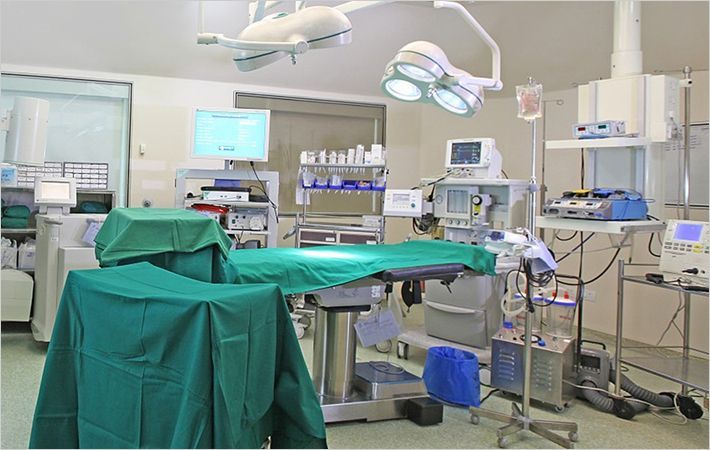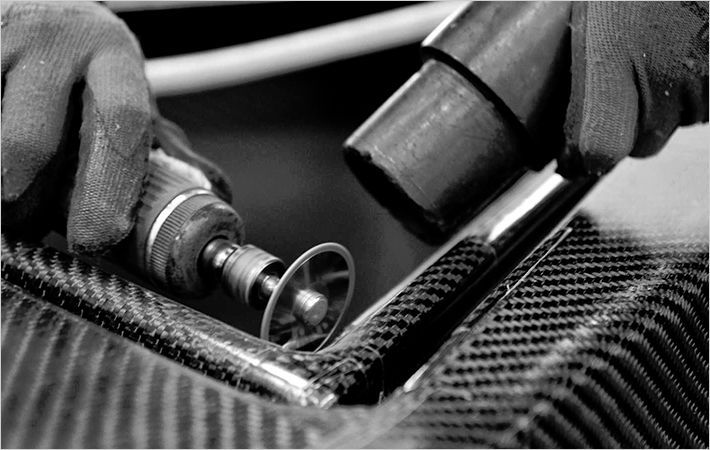The designation was based on reviews of Gore Synecor biomaterial by hospital experts who attended the Vizient Innovative Technology Exchange in September 2016.
Constructed with Gore BIO-A web scaffold combined with a permanent knit of dense monofilament PTFE fibre that may reduce the risk of harbouring bacteria, Gore Synecor biomaterial provides both high strength and rapid vascularity, for durable, lasting repairs. The non-porous, bioabsorbable film minimises tissue attachment at the visceral side, making it an ideal product for intraperitoneal positioning, laparoscopic and robotic use.
For years surgeons in hernia repair faced a choice between a permanent synthetic mesh, offering strength but potentially higher complication risks, or a bioabsorbable mesh (biosynthetic or biologic) with lower complication risks, but also leading to possibly higher recurrence rates and the need for multi-stage procedures.
“Gore Synecor biomaterial was engineered to be a unique solution in delivering a single-stage hernia repair. Our goal is to work with hospitals and surgeons in meeting their unsolved needs while delivering clear value and promoting optimal outcomes for patients,” said David Lane, business unit leader for general medical products, W. L. Gore & Associates.
“Due to the number of products and services being released and marketed as ‘innovative’, member hospitals truly value the peer-review system in place at Vizient to help them identify products worth further evaluation at their own facilities,” said Debbie Archer, director of procurement and leader of Vizient’s innovative technology program for suppliers.
“After a review of the Gore Synecor biomaterial, Vizient’s members agreed this product offers unique and incremental benefit over other products available on the market today, and recommended it for an innovative technology designation,” added Archer.
Vizient works with member-led councils and task forces to identify and review potentially innovative products. (KD)
Fibre2Fashion News Desk – India

